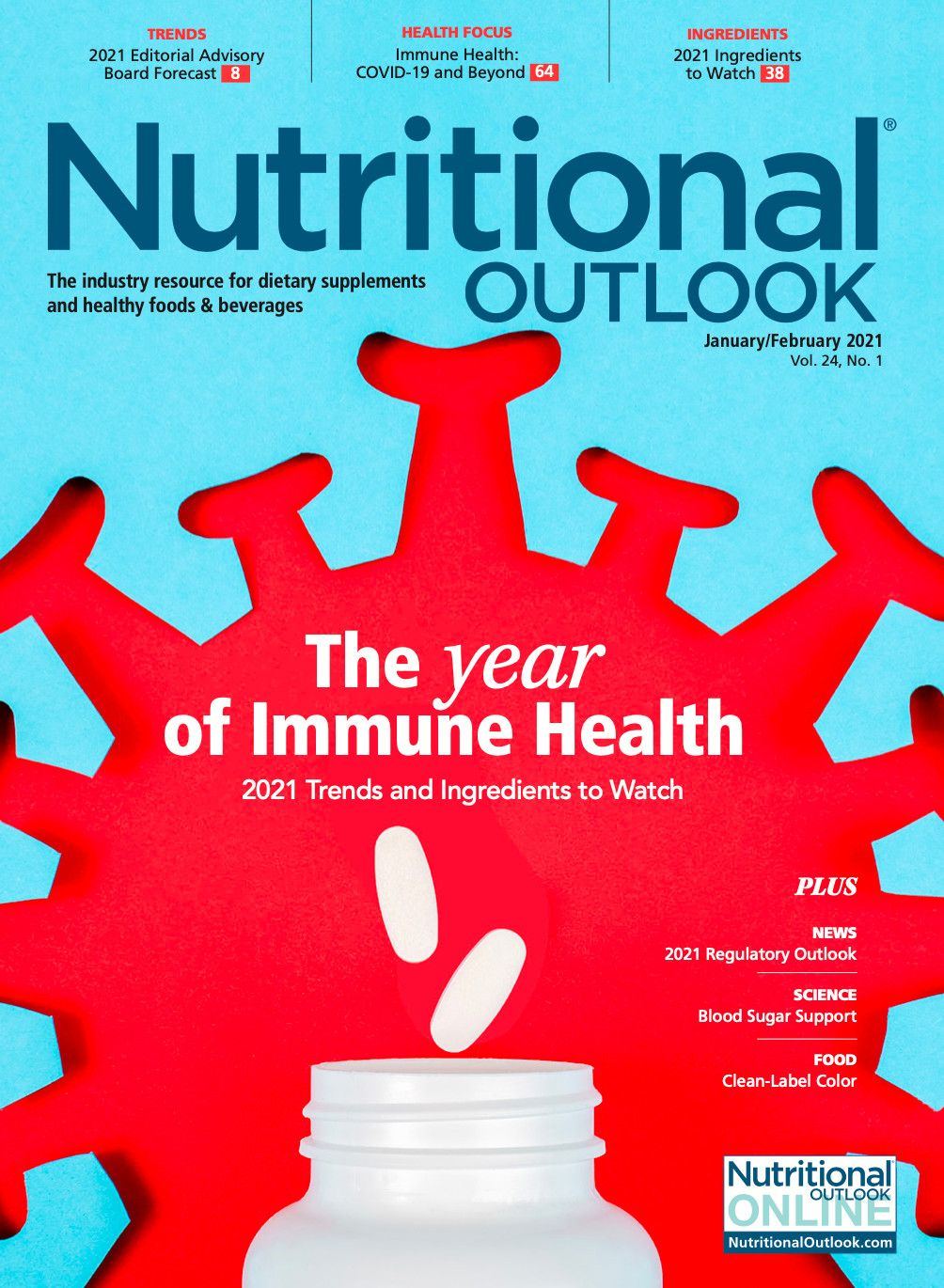How COVID-19 accelerated the dietary supplement industry’s digital transformation
Online retailer Netrush explains how the pandemic swept the industry over with new opportunities—and new challenges and goals.
Photo © AdobeStock.com/iamchamp

As COVID-19 vaccination campaigns kick into full gear, it’s worth noting that the nutrition industry may have received its strongest shot in the arm back in the spring and summer of 2020, when peak pandemic paranoia lifted U.S. dietary supplement sales by as much as 51.2% in March and drove year-over-year category growth of 16.7% in the four weeks ending July 11, per Nielsen data.1
But given how many of those concerned consumers were snapping up supplements from the comfort of their smartphones, the industry’s early COVID surge was also an object lesson for health-and-wellness brands to step up their omnichannel conversions or risk leaving money on the table and unpurchased product in the digital shopping cart.
COVID’s E-commerce Effect
And as far as Austin Wright, is concerned, that lesson was long overdue.
“Brands are learning that they need to lean into digital,” declares the content strategist at Netrush (Vancouver, WA), an online retailer that works with brands to build teams, technologies, strategies, and infrastructure to drive e-commerce success. “And that’s a good thing.”
Wright actually wagers that the pandemic accelerated the industry’s digital conversion “four to five years into the future virtually overnight,” he says. “It was a very forceful push for brands, and those that pivoted their e-commerce strategies quickly ultimately came out on top.”
While the precise proportion of natural-product spend that shifted online during the pandemic’s early days awaits final determination, Wright points to a Nielsen report2 released in December estimating that 32% of CPG food purchase transactions surveyed in September 2020 “included a click,” as he puts it—“so that gives you some idea: It’s a significant chunk.”
Yet brands can’t effectively “lean into digital” unless they know where to lean—and that means knowing where and how their audience shops. So whether they turn to Amazon, brick-and-mortar stores, innovative delivery and curbside pickup options, or brands’ very own websites, Wright says, “Brands need to reach consumers across all channels and then follow through with supply-chain and engagement strategies that deliver efficiently and cost-effectively for everyone.”
Progress Report
Of course, the supplement and natural-products industries had been staking digital claims well before the pandemic forced their broader online migrations. But the fact remains that some players in the sectors have been more pioneering than others.
“Traditional retailers, just like brands, have been hit or miss in adopting e-commerce practices,” Wright observes. “GNC, for instance, didn’t adapt as well as it needed to and, eventually, filed for Chapter 11.” But other retailers, he notes—including grocery chains like Kroger—dove right into options like curbside pickup and quick delivery, and are reaping rewards as a result.
On the brand side, Wright goes on, “There was a big difference between being ahead on e-commerce and being ahead enough to efficiently handle the conditions that the pandemic brought”—such as the hiccups that emerged in fulfilment.
As Wright explains, “When COVID started to pick up in the U.S., brands were suddenly realizing the true costs of fulfilment. It was a massive shock test that revealed strengths and weaknesses in every brand’s supply chain. At the same time, there was a surge of consumers shopping online for items like immunity vitamins, superfoods, and other health products—and the brands that were most successful were those that already had resources in place to reach their online consumers while also adapting their supply chain to meet omnichannel demand efficiently and cost-effectively.”
Thinking Ahead
How’d they do it? By strategizing smartly from the start.
“Omnichannel strategy is more important than ever for brands looking to grow right now,” Wright says. “They need to be where their consumers are, and that means direct-to-consumer, brick-and-mortar, Amazon, and more.”
And keeping strategies aligned amongst a brand’s corporate, brand, and retail functions is also crucial, he adds, as “you can have all the data in the world, but if you don’t have alignment across your retail strategies to apply that data, there’s a good chance that opportunity’s being left on the table.”
In other words, getting all departments singing from the same hymnal can mean the difference between acting on the basis of raw info versus leveraging the insights that come from nuanced, fully analyzed knowledge.
Protecting Reputations
Finally, any supplement brand’s omnichannel strategy needs to carve out space for monitoring reputations, as the digital space can be a seedy neighborhood. “At the end of the day,” Wright says, “it’s up to brands to ensure that they’re being represented accurately and responsibly online.”
This is especially so in third-party marketplaces like Amazon, where almost anyone can peddle a brand’s products. “It’s really important for brands to gain control of their online representation here and provide consumers with the ability to make confident purchases,” he emphasizes.
And don’t forget to protect your brand’s equity, he counsels. “Premium brands invest a lot in building up their brand equity, and those efforts can be damaged by just a few problematic sellers.
It’s enough to keep a wellness brand manager up at night—as it likely already does. But what should deprive brand managers of even more sleep is the prospect of being left behind as consumers tilt ever further toward buying their nutritional products online.
After all, Wright says, those consumers are finding that online supplement shopping is a new comfort zone. “Many consumers have gotten used to shopping online, and it’s completely changed their purchasing behavior,” he says. “Pandemic or not, those new habits are here to stay, and what brands need to do now is refine their strategies and put the right resources in place to tackle the digital shelf.”
References
- Evans J. “Rise in Vitamin Sales During Pandemic a Tonic for Consumer Goods Groups.” Financial Times. Published August 16, 2020. Accessed here.
- Nielsen report. “Omnichannel Shopping Fundamentals: Path to Purchase Trends: Pre-COVID19, During Lockdown, and the New Normal.” Published 2020. Accessed here.

Prinova acquires Aplinova to further increase its footprint in Latin America
April 7th 2025Prinova has recently announced the acquisition of Brazilian ingredients distributor Aplinova, which is a provider of specialty ingredients for a range of market segments that include food, beverage, supplements, and personal care.

























